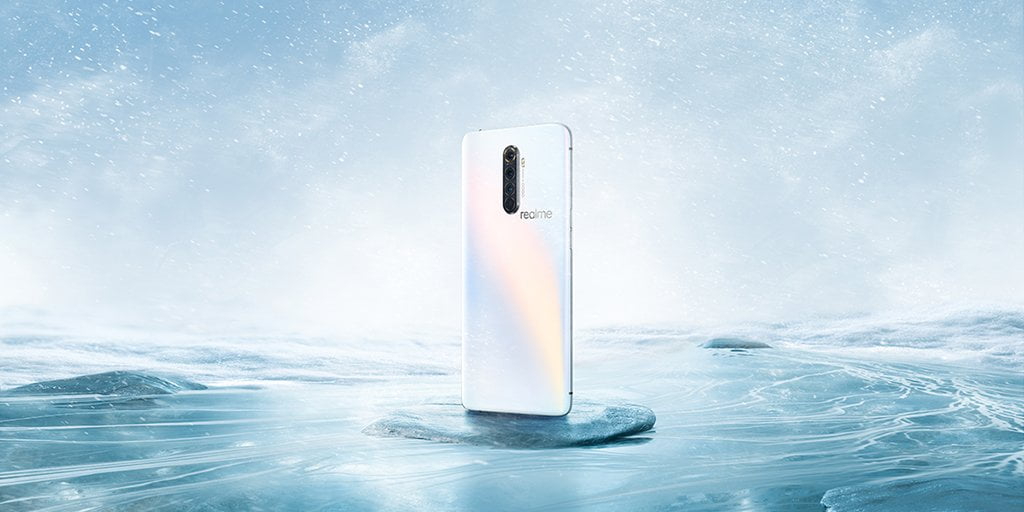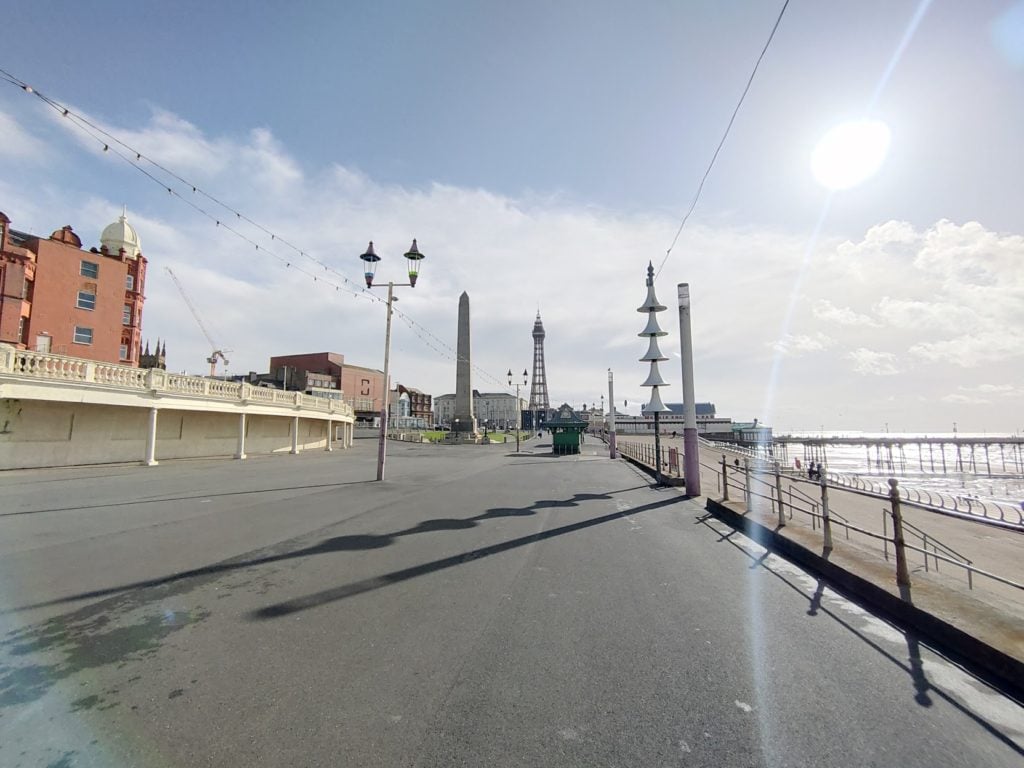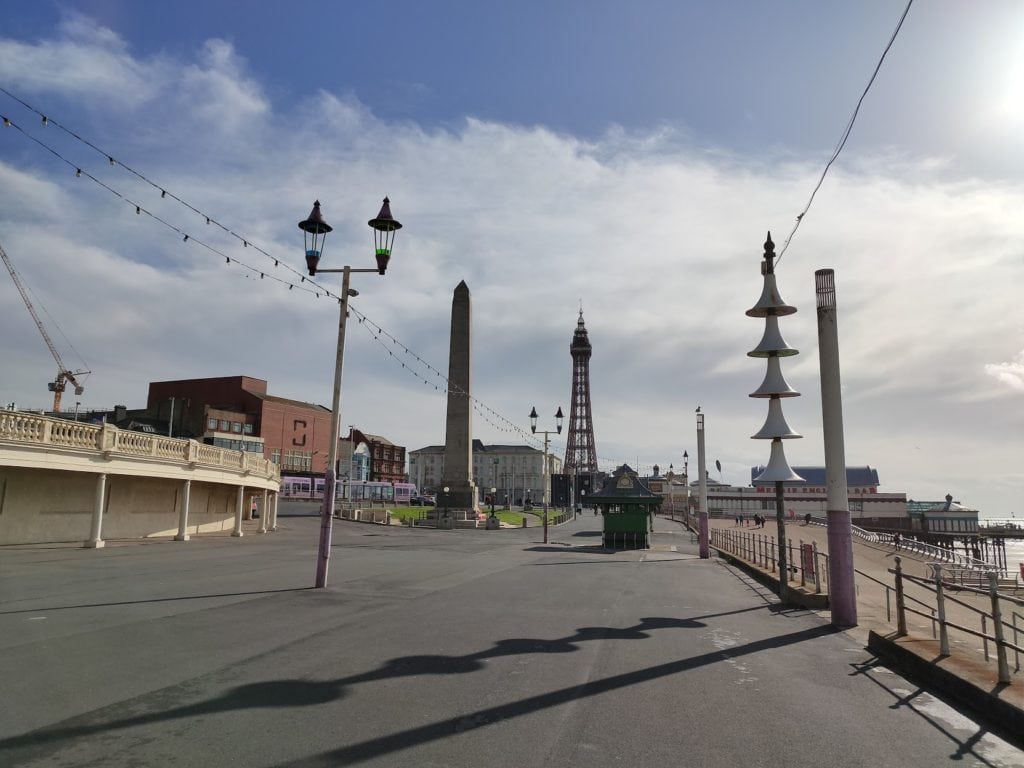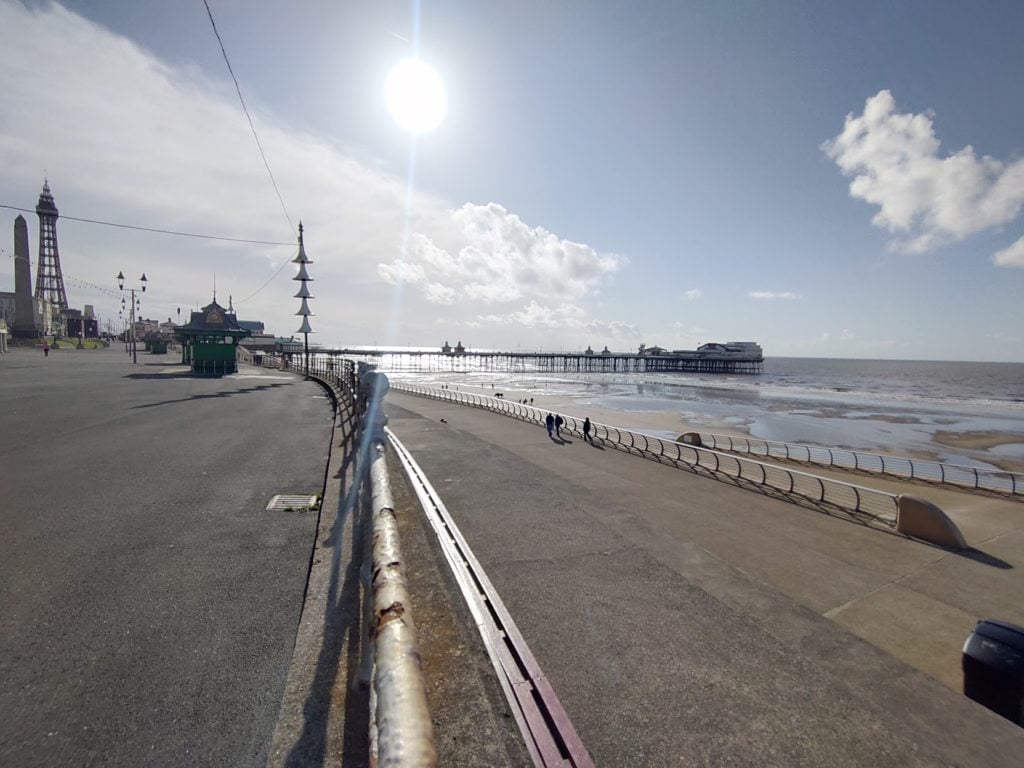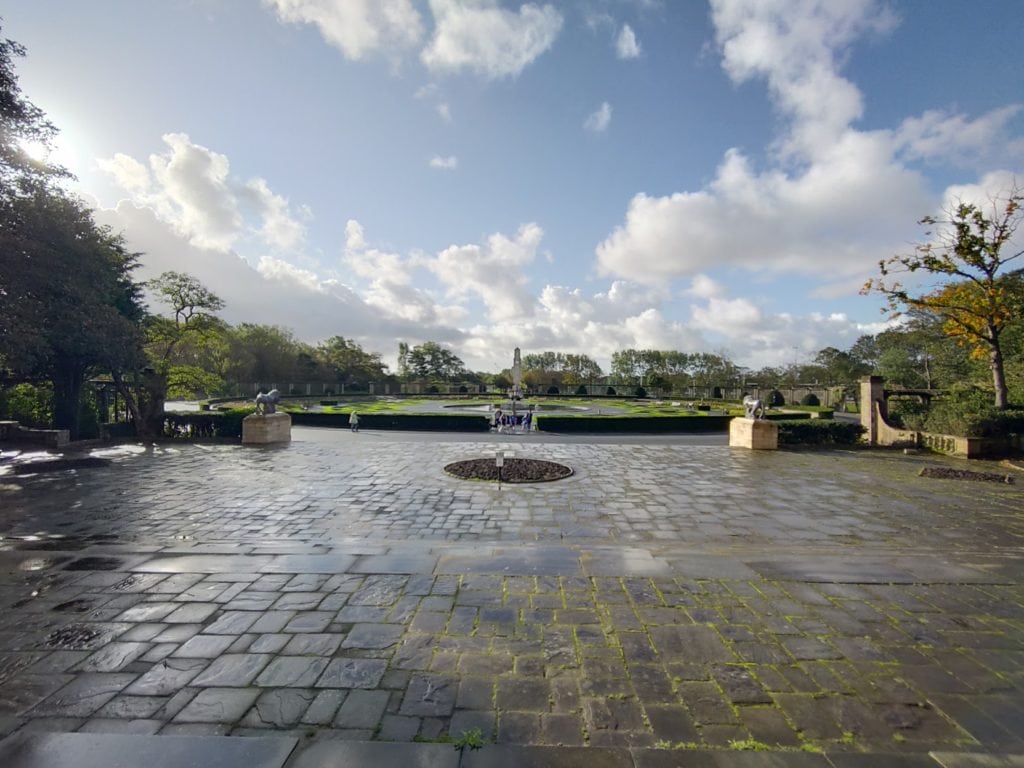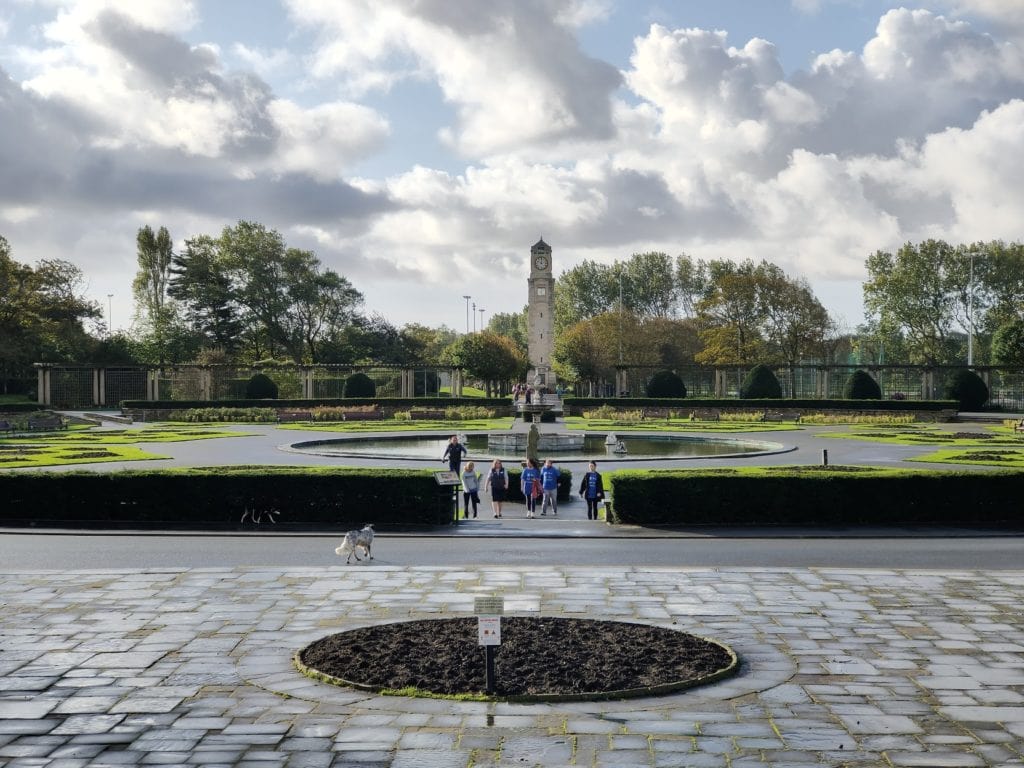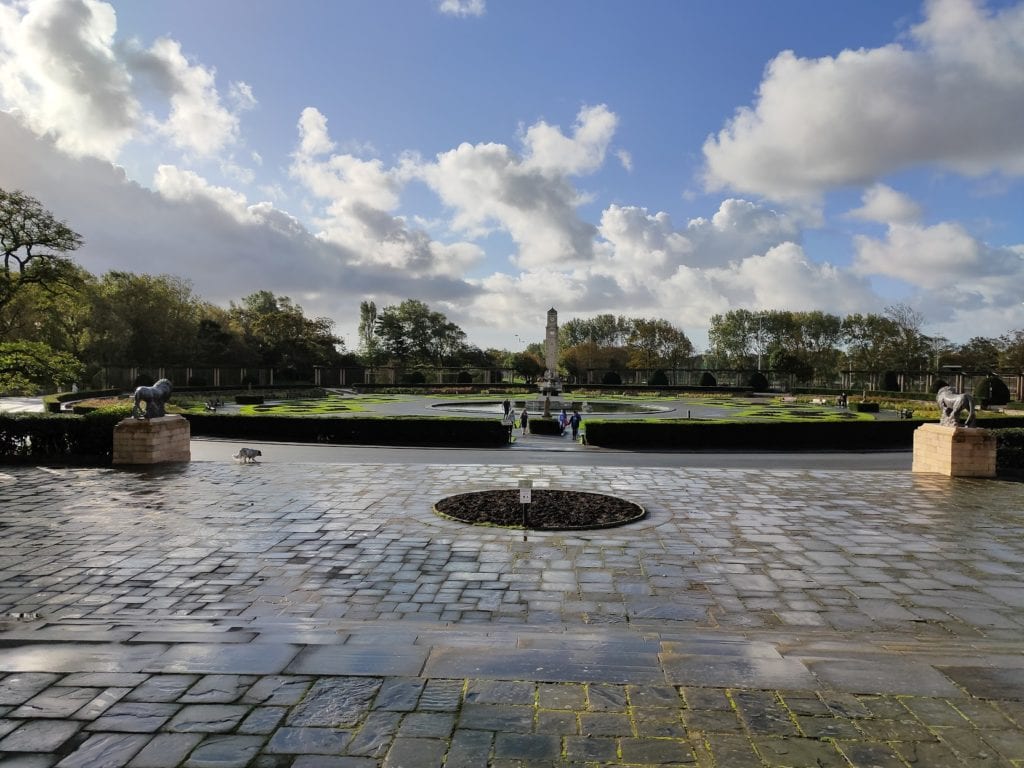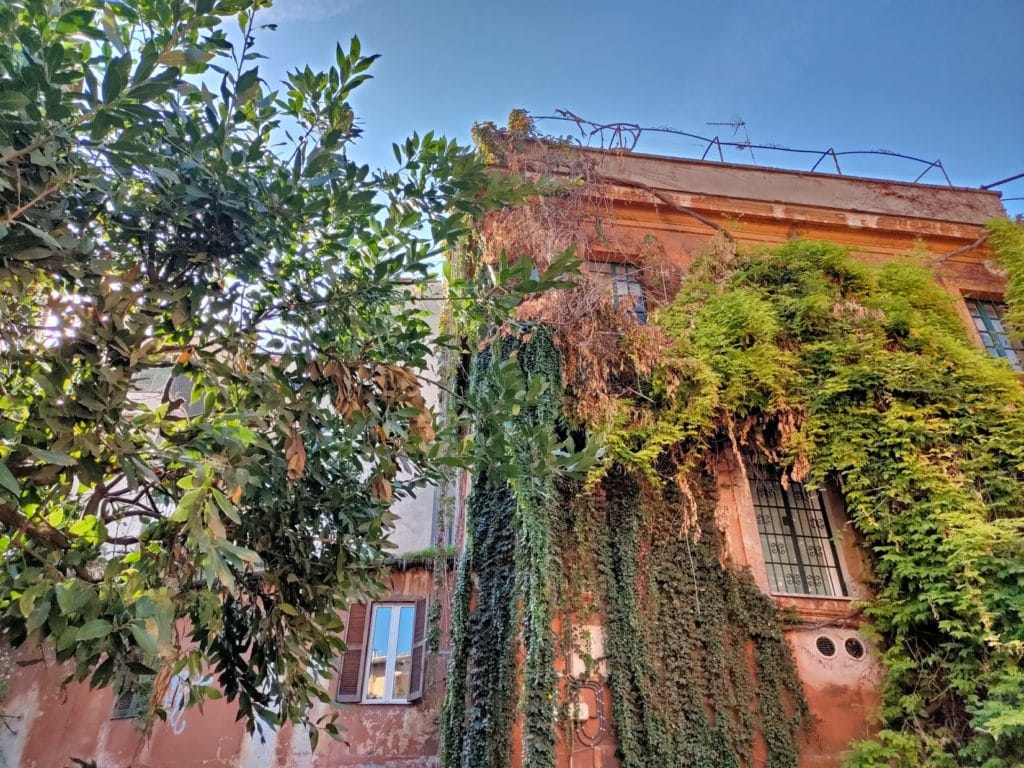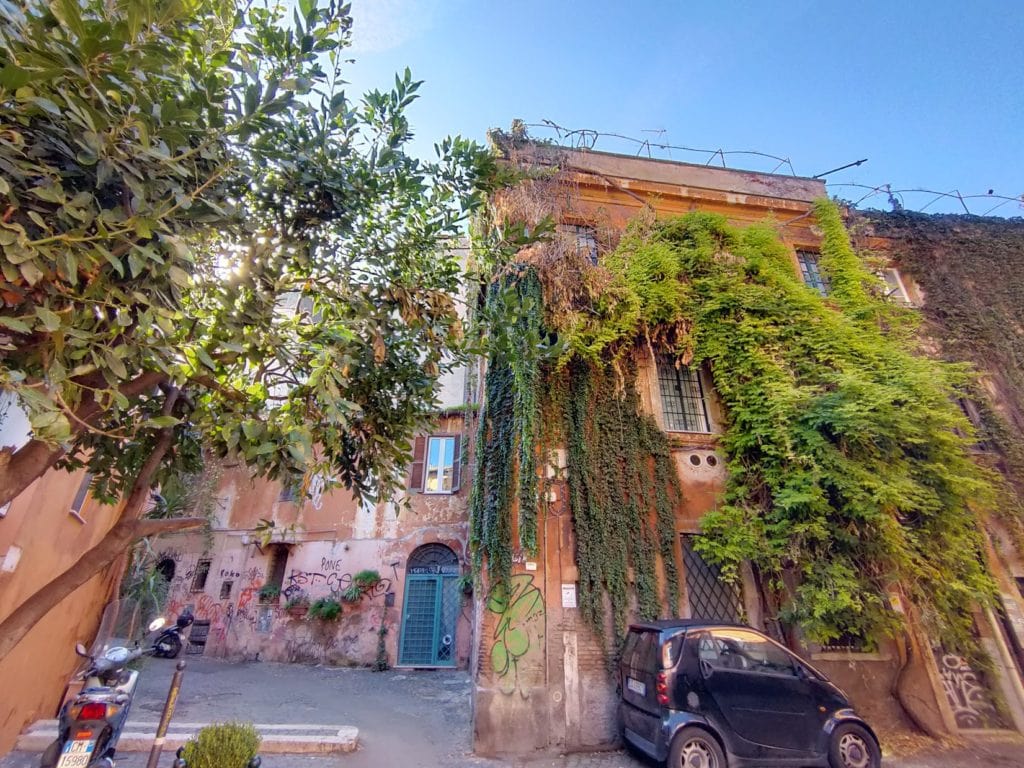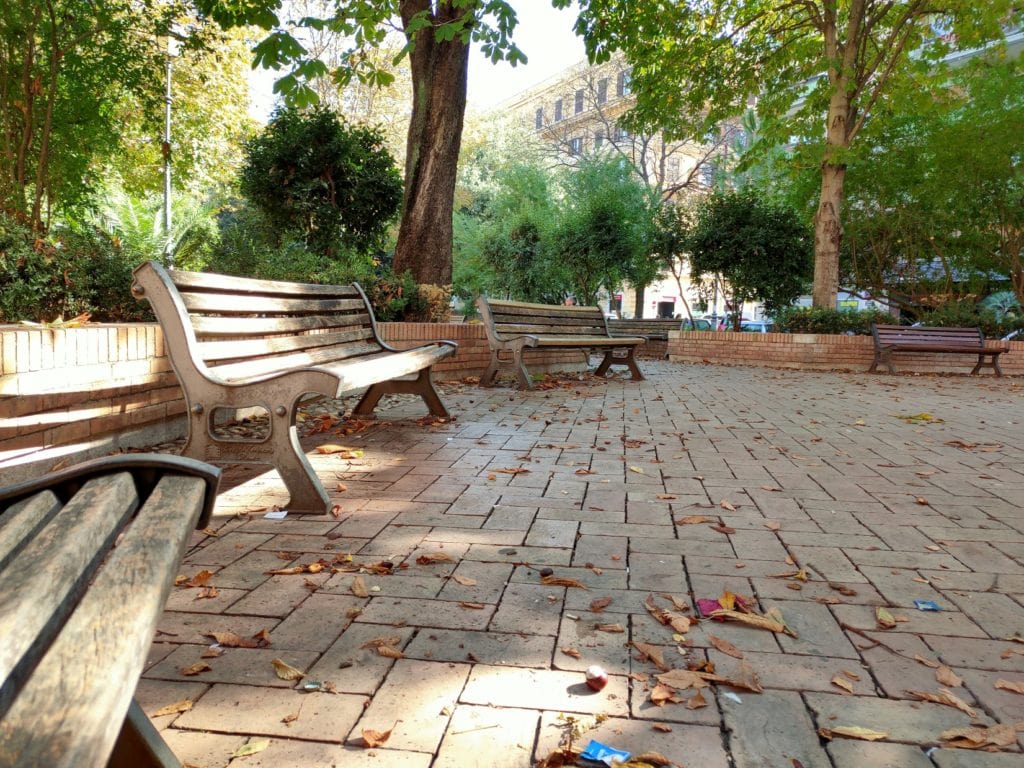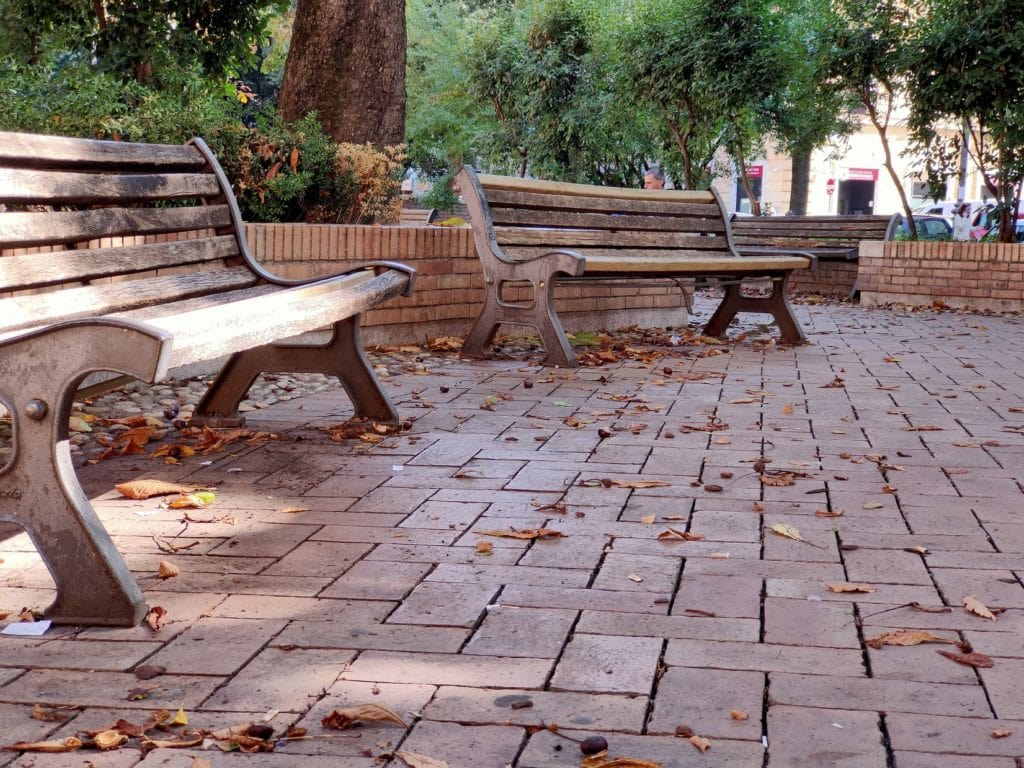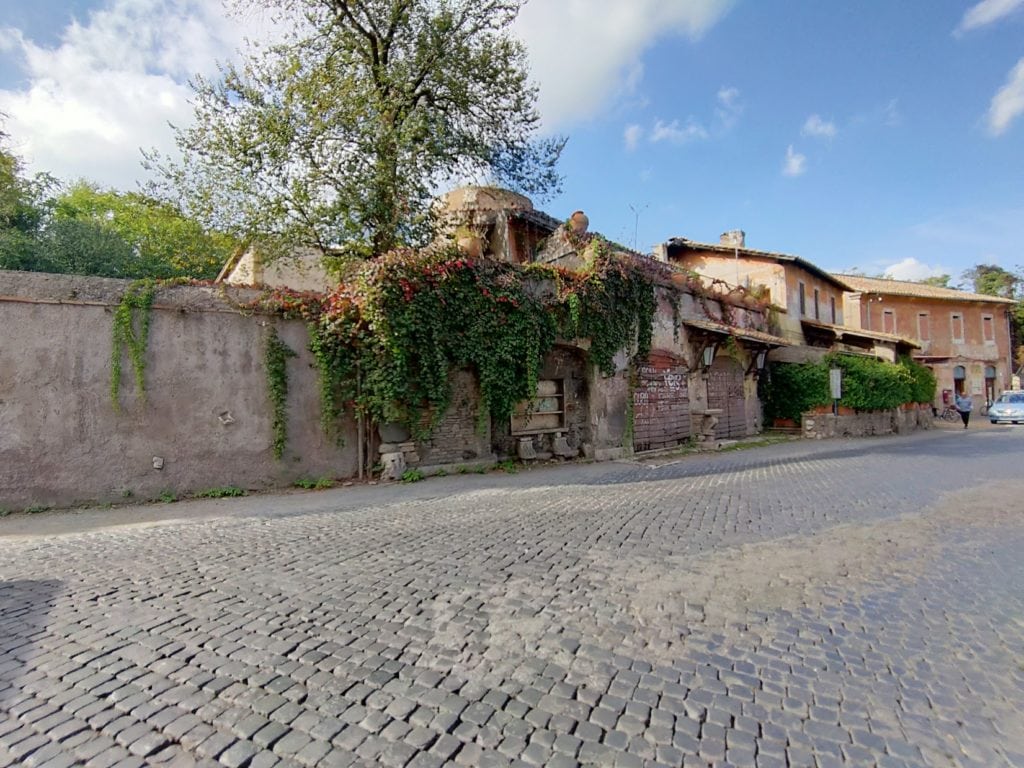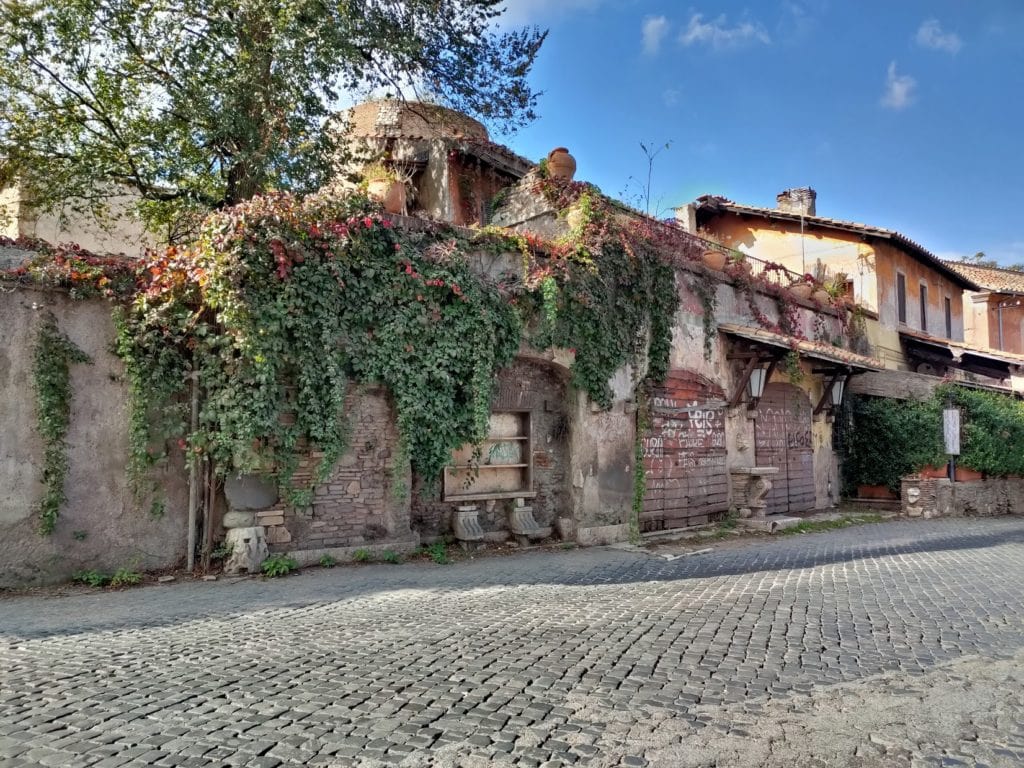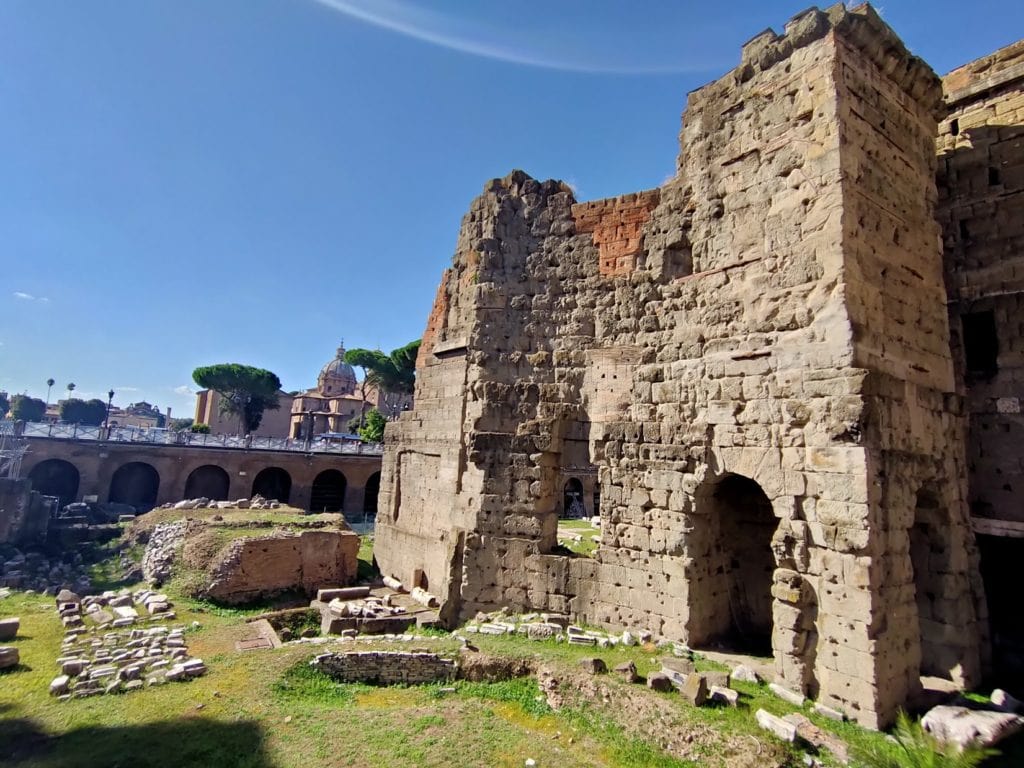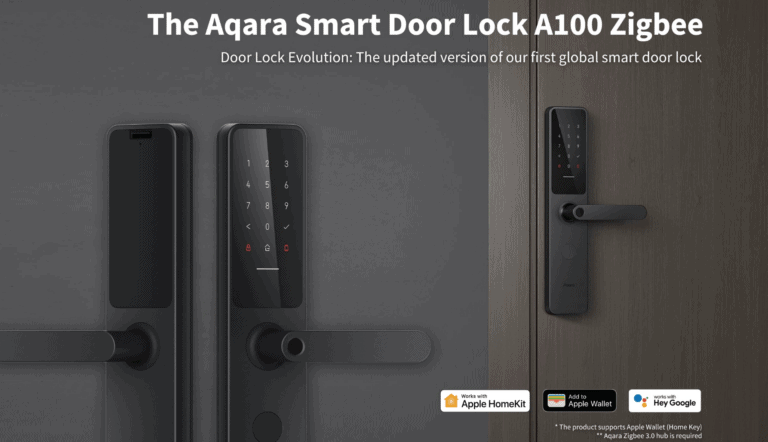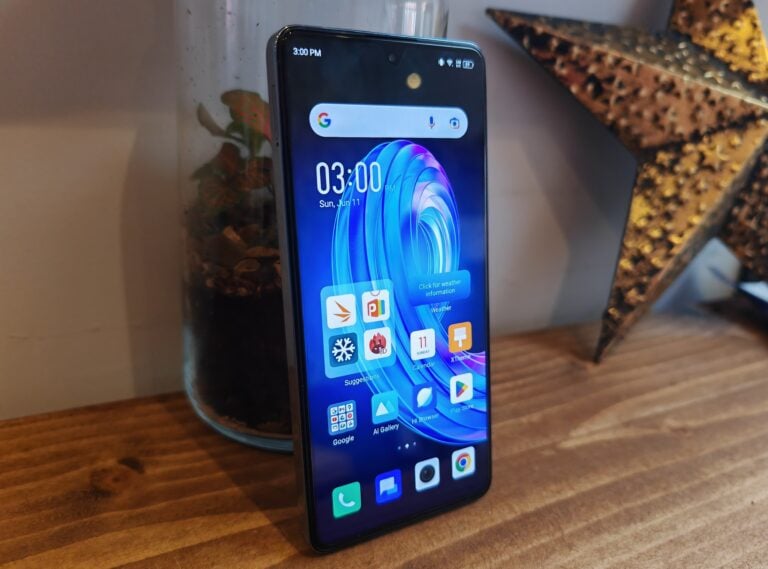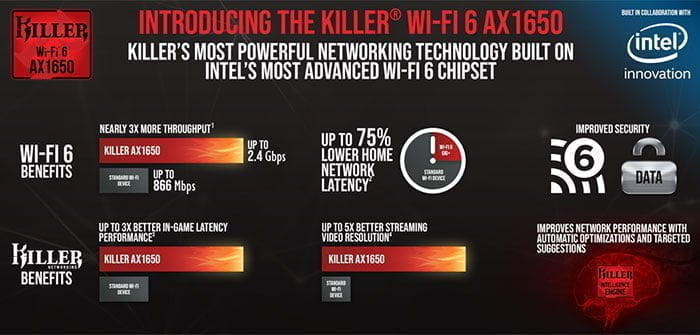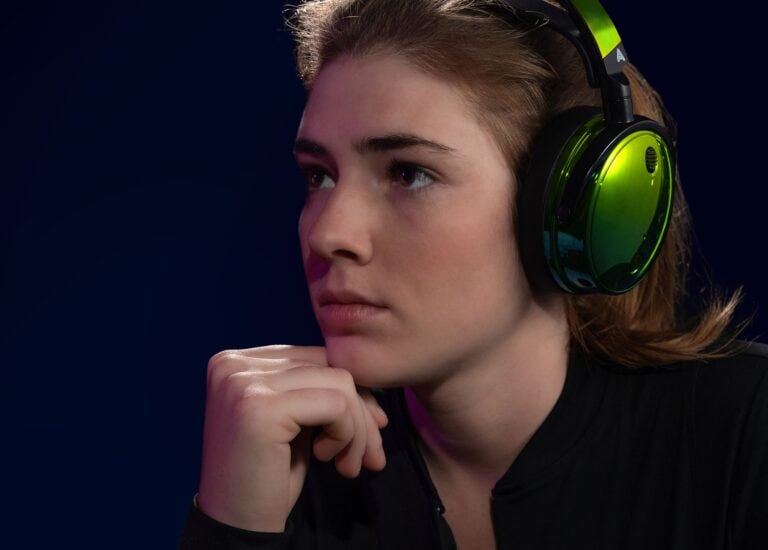Any links to online stores should be assumed to be affiliates. The company or PR agency provides all or most review samples. They have no control over my content, and I provide my honest opinion.
[Originally Posted on 15-October-2019]
[Update on 25-10-2019] I have now been using this phone for over two weeks as my primary device, my overall opinion of the phone has not changed, it has taken the concept of an affordable flagship device to a new level. The Pocophone F1 last year was the stand out affordable device, but there were also a lot of compromises with it, while the X2 Pro costs more the the F1 did last year, I don’t feel there are many if any compromises being made here. I am not saying it can beat a £900 premium flagship, but I doubt 99% of consumers would notice the minor differences, while potentially getting a phone for half the price.
Realme has officially entered the European market with the launch of three phones, two of which have already been launch in other countries, the budget Realme 5 Pro, the mid-range Realme X2 and finally the first true flagship from the company, the Realme X2 Pro.
I have been using this as my main phone since Friday and the phone starts from 399-Euros and goes up to 499-Euros for the 12GB/256GB model which is an absolutely insane pricing, heavily undercutting competitors.
Specification
If you follow any tech website and all the leaks they post, the specification will not come as a massive surprise though some minor specs are different depending on one what site you read.
- Chipset: Snapdragon 855+
- Display: 6.55 inches 1080 x 2400 pixels – 90Hz
- Rear Camera: 64MP / 12MP / 8MP / 2MP depth sensor
- Front Camera: 16MP
- RAM: 6GB/8GB/12GB (my sample is 12GB) upgradable via microSD
- Storage: 128GB/256GB
- Battery: 4000 mAh battery with 50W SuperVOOC charging. No wireless charging
- Other: NFC & 3.5mm headphone jack
As I have not had a pre-brief, some minor details are missing, for example, I am not sure if it is IP rated, but I would assume not.
With Realme and OnePlus being owned by BBK Electronics I would assume a lot of the hardware is shared between these phones. I would put good money on the display being identical. Similarly, both the telephoto lens and selfie are likely identical.
Design & Build
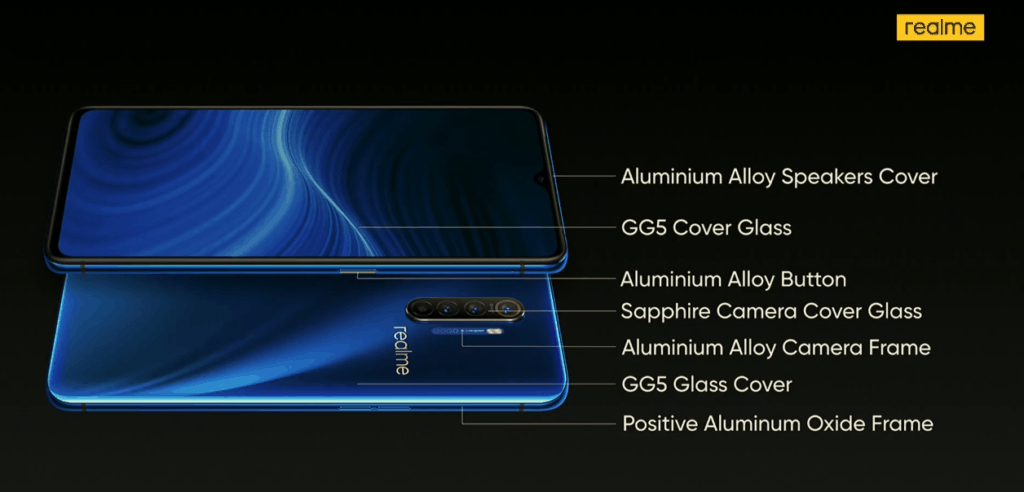
I was expecting this to be identical to the Realme X2 in most aspects, but it has an entirely different build, as soon as you pick it up you can tell it is made from different materials as it is much weightier.
On both the front and back you have glass, the normal X2 uses Corning Gorilla Glass 5, so I would assume it is at least this, however, rather than a plastic frame you get a weightier and more premium aluminium frame.
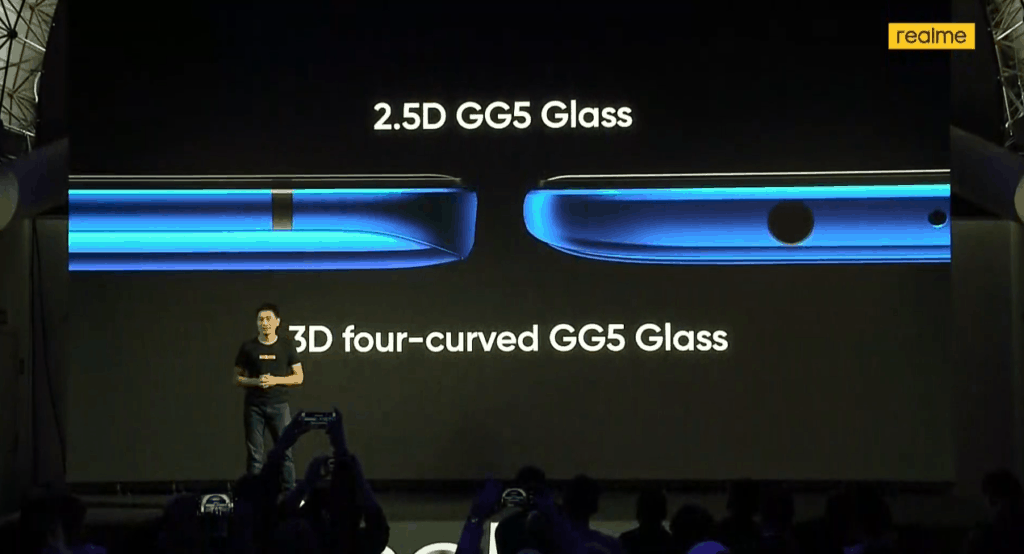
I was sent the Pearl White model, while it is not as visually impressive as the Breathing Crystal of my Huawei P30 Pro it does look fantastic, with one exception. I am not overly keen on the logo placement; it is just under and to the right of the camera module. I feel like they could have put the lettering vertically to give it a bit more symmetry. It is a minor annoyance though.
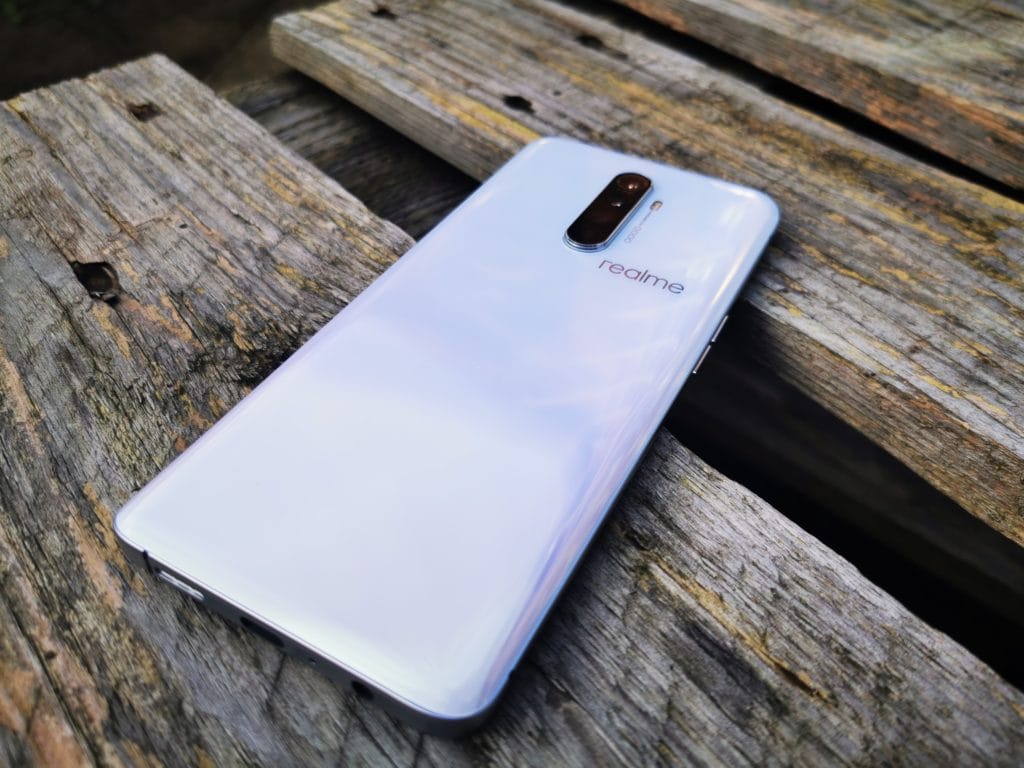
Unlike the X2, the camera module has been centred, which I much prefer in this scenario as the camera bump on both phones is quite prominent. When I place my X2 on the table it lies down at a bit an angle and wobbles if you touch it, whereas, with the X2 Pro, it is a bit for stable. The size of the camera bump does mean I would be quite concerned about damaging the camera if it was not in its case, you do get a semi-decent clear acrylic case in the box which should avoid this issue.
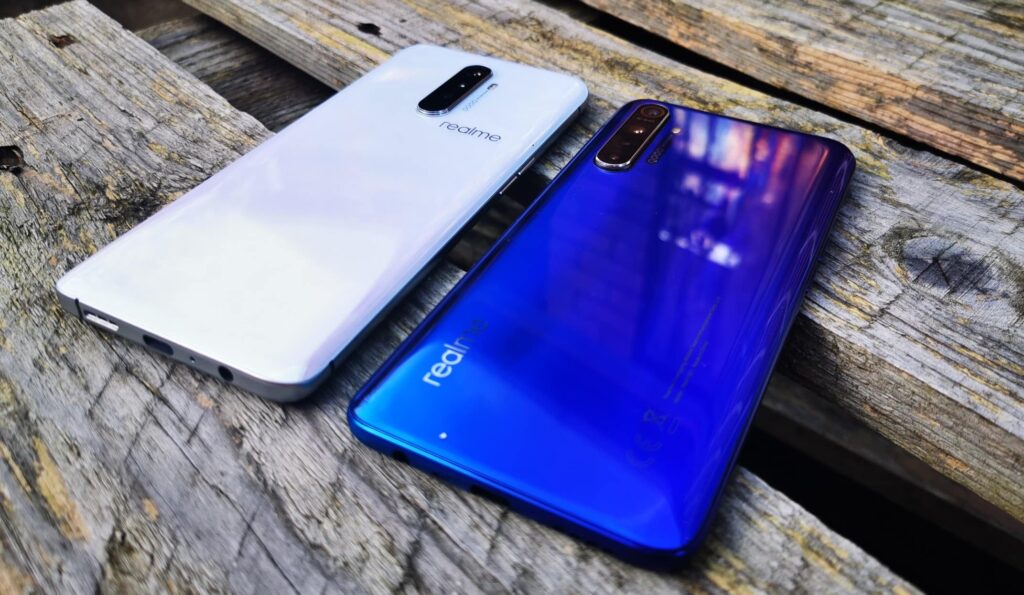
Love them or hate them, notches are staying around for a little longer, this employs one fo the smaller dew drop style notches (identical to the OP7T), so there is minimal interference with your notification bar. I am yet to find a setting to hide the notch.
A big selling point to some will be the 3.5mm headphone jack which is located on the bottom of the phone and this can support 24-bit/192kHz audio (incl. speakers).
The power and dual SIM tray are located on the right of the phone, while the volume is on the left.
Display
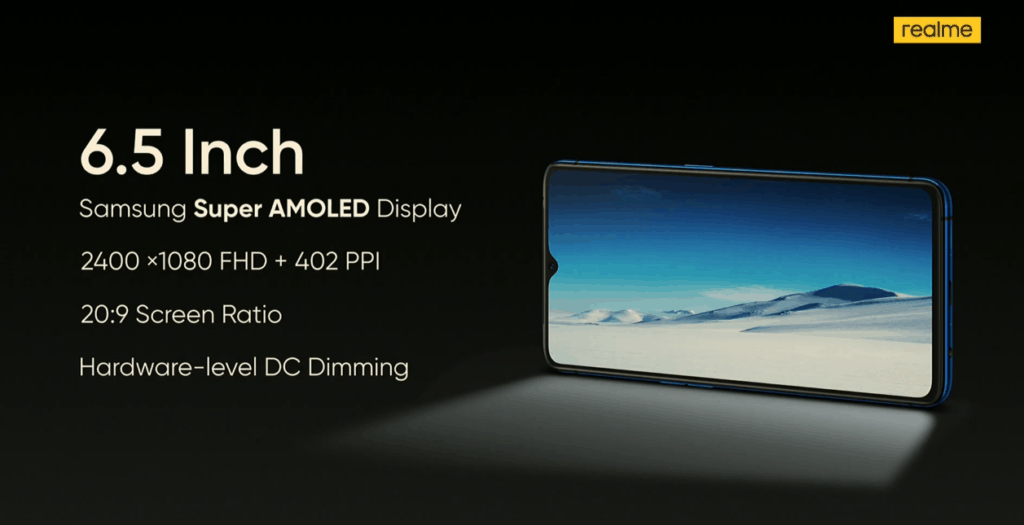
One of the stands out features of the phone is the new 90Hz, which again is found on the OP7T and almost certainly the exact same panel.
The 6.55-inch display runs at 1080 x 2400 pixels, and within the settings, you have the choice to run it at 90Hz or 60hz. I wish I had the OnePlus 7 Pro still, but subjectively, it doesn’t feel quite as smooth as the OnePlus, it has been a few months since I used that phone so it could be my memory, or it could be that the software is less optimised for it. The AMOLED display is also capable of 1000nits of brightness and during my time in Rome, it was much more usable than the cheaper X2 and Realme 5 Pro.
I am not one of these people that can identify minor differences in colour and brightness. But placing it next to my P30 Pro and dialling up the brightness to the max they look about the same in terms of brightness and the colours they produce.
One noticeable thing with the display, when comparing it against other premium models, is slightly larger than normal bezels around the edges. To be honest, I didn’t immediately notice, it was only when I went back to my P30 Pro did I remember about its bevelled edges which curve round to the far edges of the screen.
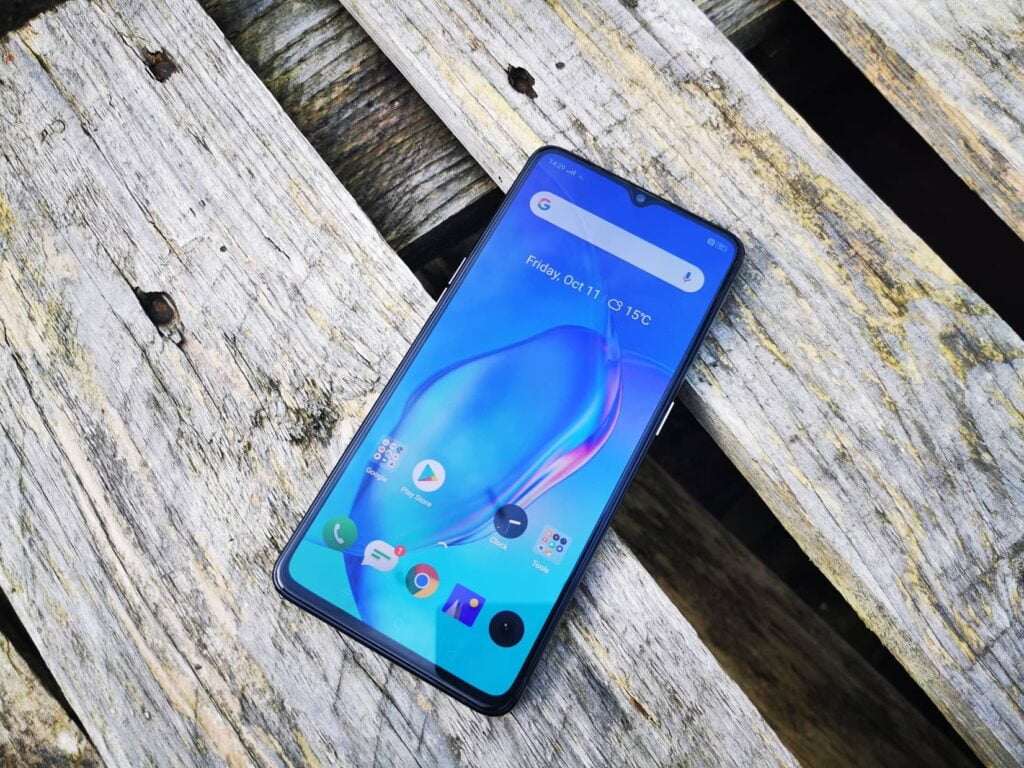
Within the display is a new fingerprint scanner which I think is supposed to be the same as the one OPPO just announced and it claims to be 7.9 times faster in comparison with the Oppo K3. In reality, it is very fast, I wouldn’t say it is noticeably faster than the OP7 Pro, which was very fast, but overall it is superb as far as in-display scanners go.
I found that I rarely need to use my fingerprint because the face unlock is so fast and eager to unlock. So much so, I sometimes wonder if my phone was ever locked at all. When you set up the phone you can register your face, and part of that includes a lift to unlock function. So when you lift your phone it tries to scan your face to unlock it. Identifying and unlocking is extraordinarily quick and it can unlock from a distance at an angle. From some basic experimentation, I can hold the phone away at arm’s length, going from facing 90-degrees away from me I would estimate that it unlocks as I reach about 45-degrees. It makes you wonder how secure this can be, but the same can be said for face unlock of any phone.
Camera
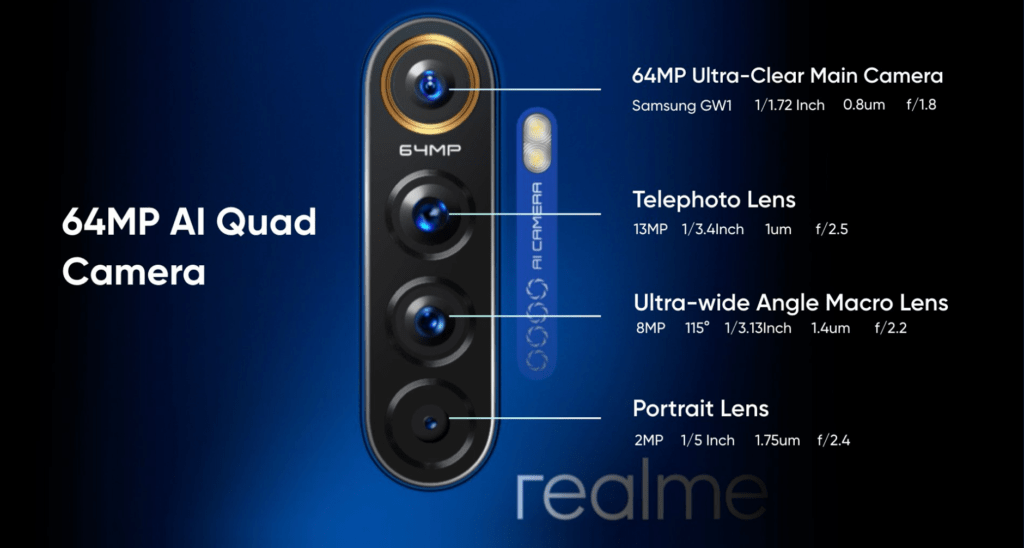
Limited time, limited photography skills and bleak weather mean my camera samples represent what you average consumer might achieve rather than a skilled photographer/influencer. I am embracing my lack of photography skills for reviewing, so all my photos are as is, there is no lightroom or even Google photo tweaks.
Blackpool is not the most attractive of towns, and we have had dreadful weather the past few days, so the below samples may not represent the full potential of the phone.
That being said, so far, I have been impressed, and it has the ability to produce some fantastic shots, even with my skills. The phone will go up to 5x zoom with the default settings, I assume this will be hybrid, from there you can zoom in further up to 20x at digital.
Zoom
The 5x zoom is good but not quite P30 levels and the below zoomed-in shots of a lion statue at my local park give some indication. A passing glance and I don’t think you would notice the difference though. The phone should feature a 20x hybrid zoom, but at the moment this is not available on the phone, and will likely come from a firmware update.

Realme X2 Pro 
P30 Pro
Macro
Sample Photos
Low Light and Nightscape
Night mode is always a stumbling block for many affordable phones. Generally, the Pixel 3 and P30 Pro are regarded as the best. This is not going to steal any crowns for its performance, but I think it is more than acceptable. In some scenarios, its low light performance has been fantastic, in the below example, at Dusk Til Pawn in Manchester, which is a very low lit speakeasy, I found the Realme was able to produce superior shots that my P30 Pro. It looks like I have not got the angle of the shots identical, so this could be a case of my skills producing different results. The normal photo and the nightscape photo looked about the same so I did not bother including both samples for the X2 Pro.
On some of the night shots, I have taken nightscape seems to suffer from motion blur much more than the P30 Pro. So with shaky hands or people in the shot that can end up looking a little blurry. The P30 Pro has the same issue occasionally, just less often.

Realme Z2 Pro 
P30 Pro Nightmode 
P30 Pro normal

Normal 
Nightscape
For a lot of my photos, the low light performance using the normal camera worked better than nightscape.
Video
The 4K 60FPS video sample is quite shakey while I walk, which may suggest no optical image stabilisation, whereas the 1080p/30FPS footage is much smoother and that was on a windy day too.
Performance and Benchmarks
Benchmarks don’t represent real-world performance, but they get done anyway. This is a Snapdragon 855 Plus chipset with 12GB of RAM and UFS3.0 storage. It is going to perform roughly the same as any other phone with this spec, and I doubt the differences will be noticeable in real-life scenarios.
As benchmarks are a bit more useful for comparing different chipsets, I have included a few different phones I have access to for comparison.
Antutu
The score of 391274 would put it just a little behind the ROG Phone 2 which scores 396200. Switching the phone to its performance mode, which will have a negative effect on the battery, only yields a score of 393448.
- Realme X2 Pro – 391274
- Blackshark 2 – 367354
- Huawei P30 Pro -311912
- Realme X2 – 215655
- Realme 5 Pro –177312
Geekbench
- Realme X2 Pro – 622 Single Core – 2660 Multi-core
- Huawei P30 Pro – 670 Single Core – 2370 Multi-core
- Blackshark 2 – 670 Single Core – 2370 Multi-core
- Realme X2 – 546 Single Core – 1655 Multi-core
- Realme 5 Pro – 321 Single Core – 1481 Multi-core
Other Benchmarks – AI Benchmark
In AI Benchmark the phone scores 33036 this actually puts it above the Asus ROG Phone II which scores 32727.
With PC Mark doing to Work 2.0 performance benchmark the phone scored 12701.
Running Androbench & PC Mark Storage the phone achieved:
- Sequential Read: 1469 MB/s
- Sequential Write: 397 MB/s
- Random Read: 178 MB/s
- Random Write: 170 MB/s
Battery
Four days worth of use is not ideal to judge the battery performance properly, and coming from Huawei, nothing ever looks amazing, but 4000mAh is enough juice to get you through heavy days worth of use.
Over the weekend I spent a day and night away for Manchester Half Marathon, I charged the phone Sunday at 5 am, and used it intermittently over while I was away, the lack of an IP rating meant I didn’t want to run with it, so used the P30 for some of the day. 35 hours later with a 3-hour screen on time the phone was at 20%.
Now I have used the phone over a couple of weeks I can comfortably achieve 8 hours screen on time, and it will easily last into the second day.
You then get the 50W SuperVOOC Flash Charge which claims to charge 100% in 35mins, as I was using the phone regularly and had an EU charger, not UK, I have not tested it from 0-100%. While writing this, I plugged it in for a few minutes and in considerably less than 5 minutes it charged 6%. Similarly, it charged from 40-75% in the space of time it took for me to get changed quickly and brush my teeth before leaving the house in the morning.
Looking at Ampere and AccuBattery it states that it is pulling over 4100mA with a charge rate of 155% per hour, so the 35m full charge sounds believable. So even if you have an exceptionally heavy use day you can put your phone on charge, have a brew and be back to 100% by the time you are done.
Sadly there is no wireless charging, but this is also the case on other affordable flagships including the OP7 series, and I think it is forgivable. 4000mAh plus that insane charging speed is more than enough for the most demanding of user.
Software
The modified Android OS each company uses is a contentious issue, if it is not running close to stock Android, you will always get a large number of people hating a phone. I am personally indifferent, there is some adjustment between companies, but it doesn’t take long.
The combination of the OS, SD855 Plus and 90Hz screen make everything feel instantaneous I have experienced no performance glitches during my use.
There are various additional features baked in including smart services, convenience aids, app cloner app split-screen, and game services. Under the Realme lab setting there is a dark mode, which I enabled after the first day and had almost no issues with, with one exception. There is one quite significant problem when replying to an email using Google Mail, the background is black, and the text is dark grey. It is an easy fix, and this is an experimental feature so I would imagine it gets fixed soon.
While I have no problem with ColorOS, or other brands versions of Android, the important factor for me is frequency and length of updates. With RealMe being new to the market it is hard to tell how good they will be at updates, but so far they appear to be quite proactive.
For example, the current ColorOS 7.0 Android 10 upgrade plan is:
- Realme 3 Pro (expected Q1 2020)
- Realme 5 Pro (expected Q1 2020)
- Realme X (expected Q1 2020)
- Realme XT (expected Q1 2020)
- Realme 3 (expected Q2 2020)
- Realme 5 (expected Q2 2020)
- Realme 3i (expected Q2 2020)
- Realme 2 Pro (expected Q3 2020)
So perhaps a little slower than you might like, but it looks like the newer phones get the updates earlier and I would expect this flagship X2 Pro to be one of, if not the first phones to receive it.
It is also worth noting that when ColorOS 7.0 launches for this phone, it should be customised to be almost stock Android, which will no doubt win Realme a lot of fans. Just to make things better, they appear to allow customers to unlock their bootloaders and release the kernel source code, so you will even be able to install your own ROM on it.
Price and Competition
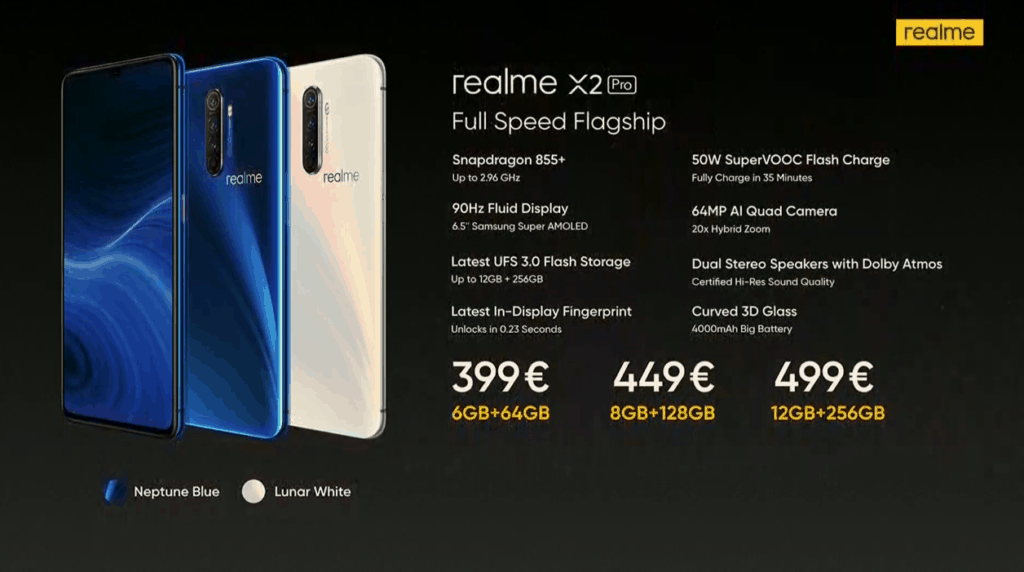
In my opinion, there are two obvious competitors, the OnePlus 7T which has very similar specs but a higher price point, and the Xiaomi Mi 9T Pro which is lower specced but at a great price.
It is a tough call to say which is best, I have not sued the OnePlus 7T or Xiaomi Mi 9T Pro, but I have used the Mi 9, and the OP7Pro, so I have a rough idea of where each one may stand.
With the price of 399-Euros to 499-Euros this phone seriously undercuts the competition and is exceptional value for money. This works out at about £348 so £200 cheaper than the OnePlus 7T. The Xiaomi Mi 9T Pro is lower specced than this and also costs 399-Euros.
Conclusions
While I have not used this phone for an extended period of time, I have loved it since getting it. I am not 100% sure I am ready to part with my P30 Pro, but if I were to buy a phone right now, this would be close to the top of my list. It may not be as refined as some other options, but it is at a very different price point compared to Huawei/Google/Samsung.
Judging by the hardware specification alone, there is nothing that can compete with this at this price point. You are getting a phenomenal spec for the price.
The OnePlus 7T is the obvious competitor here, and I will admit, I prefer their OxygenOS, but I have no problems with ColorOS and I am just as happy with it as I am either EMUI on Huawei.
Based on the current pricing revealed at the launch I think don’t think any phone offers the same value for money as this.
[Update 25/10/2019] After over two weeks my opinion stays the same, it is a superb phone offering unbelievable value for money and is easily the best value flagship on the market at the moment. If you are planning on buying this phone I would strongly recommend the 8GB/128GB version or higher. For this money, you pay 50-Euros more but get a more usable 128GB of storage and this model has UFS3 vs UFS2.1 so the storage speed is a little superior, and the extra 2GB of RAM will provide a little more wiggle room with performance.
Realme X2 Pro Review Rating
Summary
Exceptional performance at an affordable price. Realme are entering Europe with an aggressive product line-up that should worry other affordable brands such as Xiaomi
Overall
96%-
Overall - 96%96%
I am James, a UK-based tech enthusiast and the Editor and Owner of Mighty Gadget, which I’ve proudly run since 2007. Passionate about all things technology, my expertise spans from computers and networking to mobile, wearables, and smart home devices.
As a fitness fanatic who loves running and cycling, I also have a keen interest in fitness-related technology, and I take every opportunity to cover this niche on my blog. My diverse interests allow me to bring a unique perspective to tech blogging, merging lifestyle, fitness, and the latest tech trends.
In my academic pursuits, I earned a BSc in Information Systems Design from UCLAN, before advancing my learning with a Master’s Degree in Computing. This advanced study also included Cisco CCNA accreditation, further demonstrating my commitment to understanding and staying ahead of the technology curve.
I’m proud to share that Vuelio has consistently ranked Mighty Gadget as one of the top technology blogs in the UK. With my dedication to technology and drive to share my insights, I aim to continue providing my readers with engaging and informative content.

